Creating an Epicenter of Luxury in Washington, D.C.
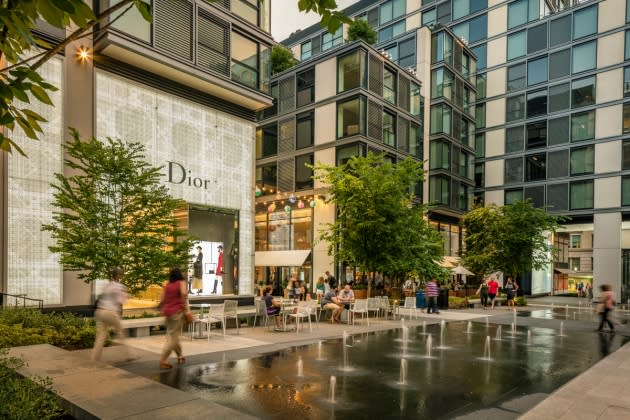
WASHINGTON — What was once a vast swath of vacant parking less than a mile from the White House is now home to a list of the world’s most luxurious brands. Hermès, Christian Dior, Louis Vuitton, Loro Piano, Chanel, Tiffany & Co. and, most recently, Akris and Christian Louboutin have helped to revitalize downtown Washington, D.C.
As the CityCenterDC kicks off its 10th anniversary celebrations this year, their gross retail sales figures are a sign of its success. Last year, 18 retailers reported their highest gross annual sales since opening, with an average of $1,529 a square foot, more than three times the national average. Some key luxury brands at CityCenterDC averaged $4,700 a square foot in 2022.
More from WWD
The luxury retail is the most visible anchor in the 2.5 million-square-foot development, which also boasts high-end residences, top-tier office space and fine dining restaurants. As the name implies, the project is 10 acres of prime real estate right in the center of the capital. CityCenterDC is the largest mixed-use development on the East Coast and has been lauded as one of the most successful in terms of revitalizing urban areas.
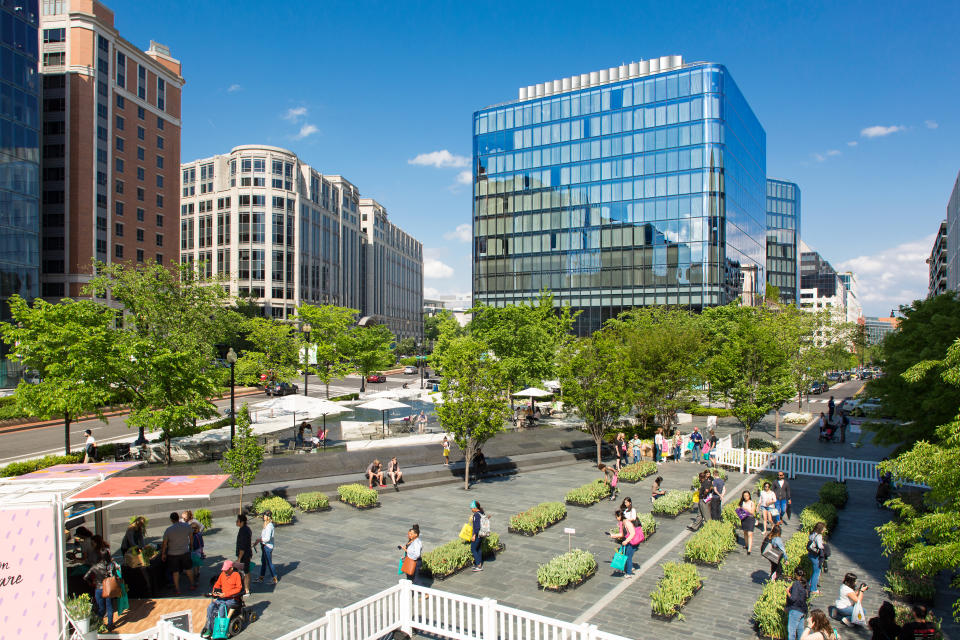
“For Washington, D.C., it was massively transformative. Before this luxury consumption for retail was mostly going on in the suburbs,” explained Timothy Lowery, vice president of mixed-use developments at Hines who has served as general manager of CityCenterDC since they broke ground in 2011. CityCenterDC is a partnership between master developer Hines, based in Houston, and Qatari Diar, the real estate investment arm of Qatar’s sovereign wealth fund.
“This project is really one of the first modern mixed-use developments in the country,” Lowery said.
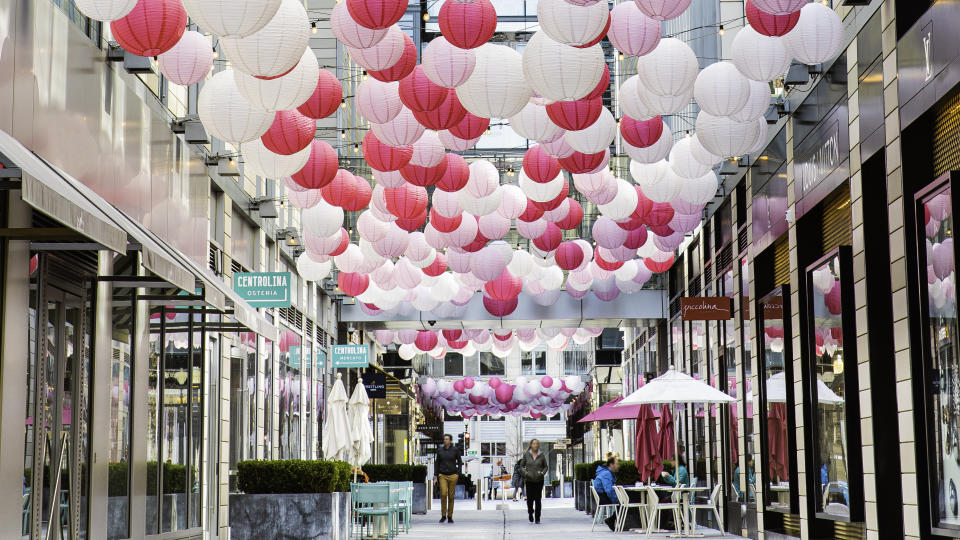
The mission to bring new life to the desolate area began more than 20 years ago after D.C. government officials tore down the outdated convention center that covered the five block area and envisioned a more vibrant bustling pedestrian-friendly “downtown” that would attract residents. Hines won the redevelopment contract in 2003. This was followed by eight years of studies. While luxury retail was not the initial plan, the nation’s capital was one of the few key cities in America that was lacking such locations, an opportunity for the developers.
“One of the most unique propositions was one ownership to negotiate with, and our ability to bring this critical mass of co-tenancy. What we were able to create is its own oasis,” Lowery said.
The key to attracting leading brands out of the suburban malls and back into the city was the ability to offer a cohesive proposition and a singular vision.
The bet on luxury paid off. The Norman Foster-designed development launched at the end of 2013 with tenants including Hermès, Dior and Loro Piano. Hermès closed its suburban location in nearby northern Virginia to consolidate with one flagship in D.C. Soon, other brands came on board. Louis Vuitton first opened in 2015 and earlier this year launched its redesigned and expanded boutique, which includes ready-to-wear and a VIC suite. The brand decided to re-sign the lease and expand after LVMH Moët Hennessy Louis Vuitton titan Bernard Arnault personally visited the site.
“That was a strong message to luxury retail that not only are they staying, but they are increasing the footprint,” Lowery said.
The strength of the market was also reflected in how well its retailers weathered the pandemic storm. “When the mayor lifted the stay-at-home order, we started seeing lines at our boutiques, something new for D.C.,” Lowery said. “This was before tourists had even returned.” Prior to the pandemic, tourists had been a third of the sales at CityCenterDC.
Washington’s “recession-proof” reputation with a high proportion of residents holding federal government or related jobs, immune to the perils of economic ups and downs, has benefited the developer. The 674 residences, a mix of condos and rentals, are a key component of the complex, commanding some of D.C.’s highest rents at $4.50 a square foot.
“Given the high level of education and affluence in our city’s population, CityCenterDC is a welcome proposition that has become a critical piece of the fabric of Washington,” said Kelly Silverman, senior vice president for retail for the D.C. area at CBRE.
Last month, Christian Louboutin opened its first flagship in the D.C. metro area, a much-awaited addition to the capital’s retail offering.
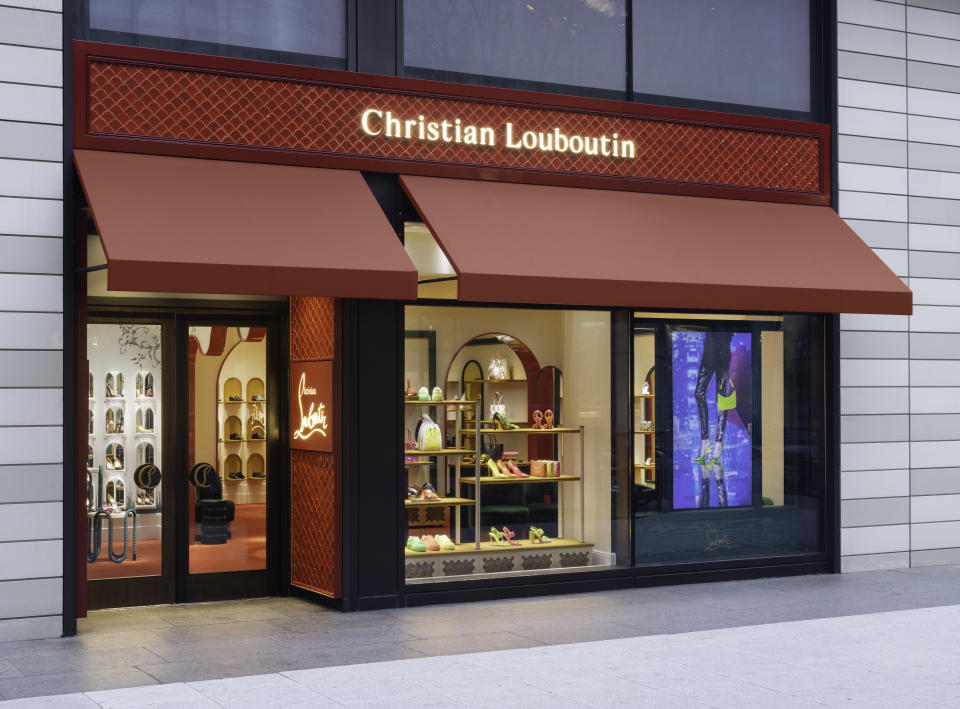
Akris celebrated 100 years of the brand by opening its first Washington store in CityCenterDC last fall. The new boutique is a global unveil of the brand’s refreshed store design by David Chipperfield, featuring pleated walls and displays suspended from thin wires. Albert Kreimler, creative director and grandson of the founder, said, “Washington is very special to us. I love to design clothes not just for women who are interested in fashion. I love to dress a woman of purpose who has a leadership position.”
Akris’ Washington power list includes former First Lady Michelle Obama, former Secretary of State Condeleeza Rice and former Speaker of the House Nancy Pelosi. “We gave many loyal clients here. I speak in a quiet voice. For me a woman should walk into the room first, then the clothes,” Kreimler said.
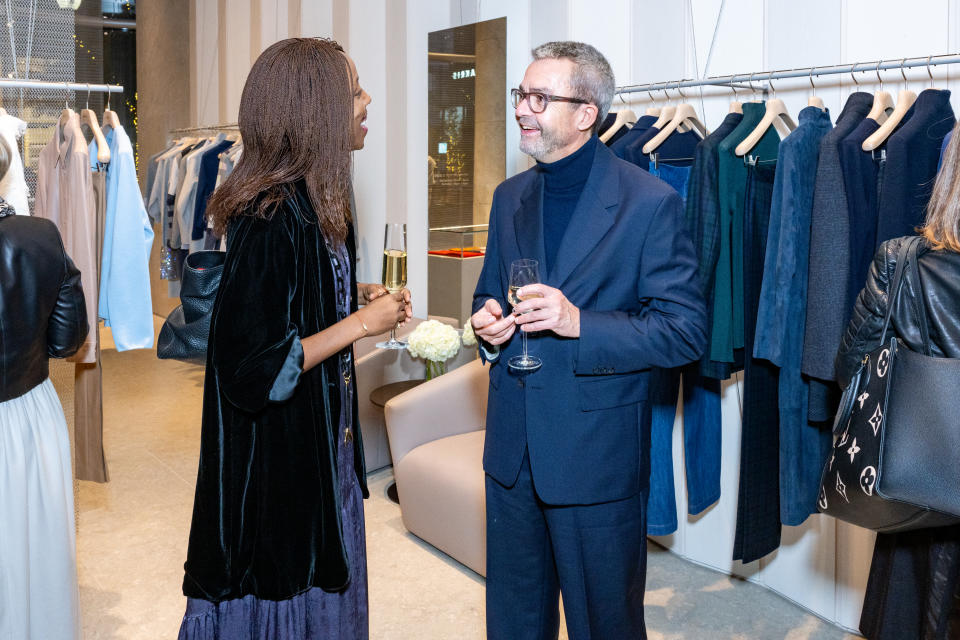
CityCenterDC’s aesthetic, with its sleek, well-manicured public spaces, park and central plaza with digital walls and choreographed fountains, sets it apart in Washington, which is known for its historic architecture. The pedestrian alleys featuring public art have been named the most “Instagrammable spots in Washington, D.C.” by Washingtonian magazine. “That’s pretty high praise considering what we are surrounded by here in the District of Colombia,” Lowery said.
But these kinds of accolades are not a coincidence. “The public spaces are a very important part of our DNA,” he said. “It’s not just that we are known for Dior, Louis Vuitton and luxury consumption.”
He shared that CityCenterDC spends $1.3 million a year on programming, which is free and open to the public. “Creating experiences with a public space program is a big part of what pulls people to CityCenterDC. People come here to shop, but they also come here to eat and dine and just sit and enjoy the park. Part of our mission is to give back to the community and develop traditions.”
The programming includes an annual performance by the Washington Ballet, and, during the holidays, a 75-foot tree, which has become one of D.C.’s best-attended public holiday lighting events. Stage lighting and even green rooms were incorporated into the construction of the development to support these activities. “We wanted to easily activate things.” Brands have also used the public spaces; Dior hosted a men’s pop-up featuring a 16.5-foot-high robot sculpture in the park.
While CityCenter has been held up as a model for reinvigorating American downtowns, the development has not been without its challenges. “We had the pandemic and social unrest when we lost multiple storefronts, stores were looted,” Lowery said. They have invested heavily in multiple levels of security throughout the complex.
Overall, the mood is optimistic. There remains a waitlist for tenancy at CityCenterDC. “Brands want to expand, but it’s important we keep spaces for restaurants to have the right mix,” Lowery said.
“When you look at the CityCenterDC heat map, we draw much more regionally than mall counterparts, like Philadelphia and New Jersey,” he said. “It was a big surprise. ‘Why are those people coming to CityCenter?’ Part of it is the cultural elements of course that D.C. brings, and another part might be that shopping is actually now one of D.C.’s attractions.”
Best of WWD

